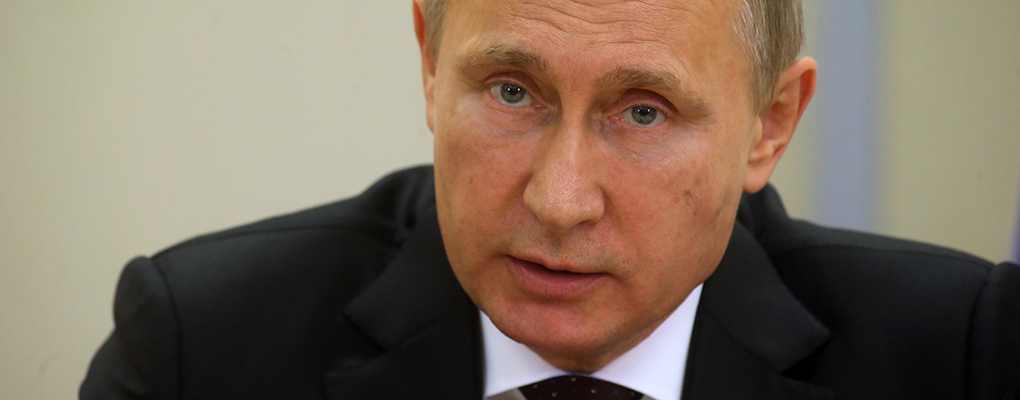
Collapsing oil prices have seen the rouble hit a new low against the dollar in late November, and steep declines in the days since have left the already ailing economy vulnerable to further damages. As the country’s primary source of foreign-currency revenue, an almost 40 percent fall in oil prices has prompted central bank intervention to avert an approaching catastrophe.
The central bank announced in November that it would allow the rouble to float freely and intervene only if further currency losses posed a real threat to its economic stability. The banks’ intervention, therefore, shows just how significant the situation is, and marks yet another backwards step for what was until recently the world’s eighth biggest economy.
The banks’ intervention, therefore, shows just how significant the situation is
At its worst, the currency sunk nine percent in early morning trading, though recovered swiftly after reports emerged that the central bank would soon step up its efforts to stave off the damage. At its worst, on the last Friday of November, the rouble was trading at a low of little over 50 against the dollar, though the first day of December brought further damages, as the central bank mobilised to stop the rot, and, in doing so, halved the losses to only four percent.
However, even after the measures were introduced, the daily drop clocked in at four percent, the worst since the 1998 default crisis, and investor sentiment was little changed from the week previous with the currency having suffered a 15 percent decline.
To compound the country’s woes, conflict in eastern Ukraine continues to drag down Russia’s reputation, with sanctions imposed by western economies damaging long existing trade relations, most notably in Europe. The oil and gas sector accounts for two thirds of the country’s exports, and without sustaining the same numbers it has done in years passed, Russia’s economy will worsen further still, and the oil dependent superpower will struggle to keep its currency afloat.


